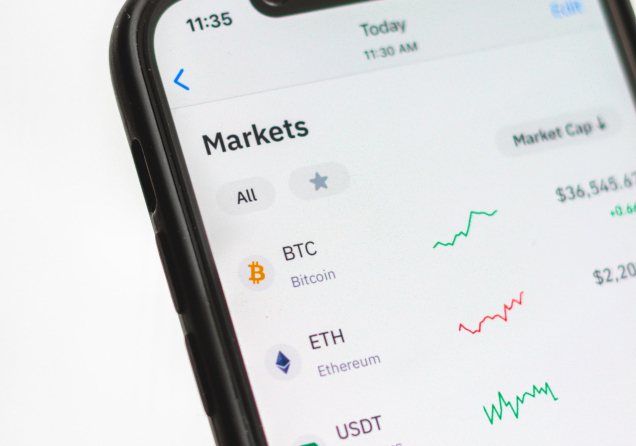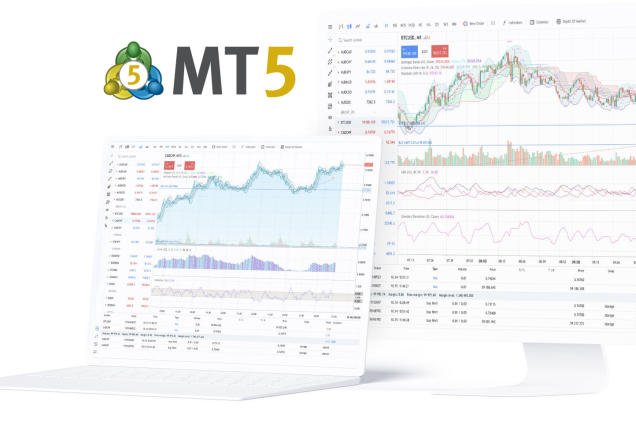The Evolution of Cryptocurrency Regulations Worldwide
In just over a decade, crypto has gone from internet novelty to a $2 trillion market shaking up global finance. Bitcoin, once traded for pizza, now sits on corporate balance sheets. Ethereum powers billion-dollar DeFi ecosystems. But with explosive growth came chaos. In 2022 alone, over $3.8 billion was lost to crypto hacks. Then came the FTX collapsewiping out billions in user funds and exposing the gaping holes in regulatory oversight.
As governments scrambled to respond, central banks rushed to roll out CBDCs, and regulatory agencies started drawing lines in the sand. From China’s outright ban to Switzerland’s open arms, the approaches couldn’t be more different.
Let’s unpack the journey, region by region, rule by rule.
Early Days: The Wild West of Crypto (2009–2016)
Back when Bitcoin launched in 2009, it felt like the Wild West with no rules, no regulators, just a revolutionary idea: money that didn’t need banks or governments. For a while, it stayed in this legal gray zone. Most people didn’t even know it existed.
But then came 2014.
Mt. Gox, which was handling most of the world’s Bitcoin trades at the time, got hacked. Nearly 850,000 BTC disappeared overnight. That shook the entire space and made it clear that this wasn’t just an internet experiment anymore real money was on the line.
That moment pushed regulators to start paying attention. In 2015, New York introduced the BitLicense, one of the first real attempts in the U.S. to put some guardrails around crypto. It was controversial, sure, but it marked the beginning of a shift: the era of “no rules” was starting to fade
The Regulatory Crackdown (2017–2020)
By 2017, crypto wasn’t just a niche experiment anymore—it had gone full mainstream. And with all that buzz came a wave of problems. The ICO craze was in full swing. Companies were raising billions by launching their own tokens, but a lot of them had no actual product, no roadmap, and honestly, no business being in the space. Scams popped up left and right, and tons of investors ended up losing money.
That’s when things started to change.
China was the first to clamp down. They banned ICOs in 2017, and by 2021 they’d pulled the plug on crypto trading altogether. Following suit, the EU passed AMLD5, a law that forced crypto exchanges to follow anti-money laundering rules just like banks do.And in the U.S., the SEC stepped in hard. They called out a bunch of ICOs as unregistered securities and started taking legal action against projects that weren’t playing by the book.
This was the turning point. Governments stopped watching from the sidelines and started drawing lines. The free-for-all era was officially over.

Mainstream Adoption & Institutional Interest (2021–2023)
2021 changed everything. Bitcoin was breaking records, and big names like Tesla and MicroStrategy started adding it to their balance sheets. Then El Salvador made headlines by making Bitcoin legal tender the first country ever to do that.
Some places embraced the momentum:
- Singapore and Switzerland came out with clear, pro-innovation rules.
- In the U.S., Bitcoin futures ETFs finally hit the market, giving everyday investors an easier way to get exposure.
But as crypto grew, so did the risks. DeFi projects and stablecoins started gaining traction, and not all of them were solid. When the Terra/LUNA collapse happened in 2022, it shook confidence and lit a fire under regulators. That moment alone played a huge role in shaping the crypto regulation trends we’re seeing now in 2024.
Current Trends (2025 & Beyond)
CBDCs vs. Crypto: Central banks are jumping into the digital game with their own currencies CBDCs. They’re designed to be stable and super easy to use. But here’s the catch: people are starting to wonder what that means for privacy and how these government-backed coins will stack up against decentralized options like Bitcoin or Ethereum.
MiCA’s Big Moment: The EU’s new crypto law, called MiCA, is probably the most detailed regulation we’ve seen so far. It’s got everything from stablecoin rules to exchange requirements, and there’s a good chance other countries might start copying parts of it.
Regulatory Tug-of-War in the U.S: In the U.S., the SEC and CFTC are still fighting over who’s in charge of what. It’s creating a lot of confusion for crypto companies who just want clear rules to follow.
Taxes Are All Over the Place: Some countries are chill about crypto taxes—take Portugal, for example. Others, like India, are going heavy with strict tax rules. More governments are realizing they need to modernize their policies.
Case Studies: How Different Regions Regulate Crypto
Let’s take a quick world tour of what crypto regulation looks like in different places:
Pro-Crypto Countries
- Switzerland: Strong legal structure, supportive of crypto businesses.
- Singapore: Encourages growth while keeping scams in check.
- UAE: Especially Dubai, is fast becoming a global crypto hub.
Tougher Regulators
- China: Banned trading and mining, but pushing forward with its digital yuan.
- India: Legal to hold crypto, but high taxes and unclear policies are holding it back.
In-Between
- United States: Still figuring it out, but heading toward more clarity.
- UK: Aiming for balance between innovation and investor protection.
- Australia: Rolling out new rules to better protect users.

Challenges & Future Predictions
Regulating crypto isn’t easy. It’s global, it’s fast-moving, and it often operates outside the traditional system.
Here are some of the big crypto regulation challenges ahead:
- No Global Rulebook: Every country is doing its own thing, which creates confusion and roadblocks for global businesses.
- Tough to Enforce: Even with rules, it’s hard to police decentralized platforms.
Looking forward:
- Some worry that too much regulation could kill innovation.
- Others argue that good rules will actually make crypto safer and more legit.
There’s also hope that international groups like the G20 or IMF might help set global standards. But we’re not there yet.
Final Thoughts
The evolution of cryptocurrency regulations has taken us from the early, anything-goes days to a much more serious, structured space. Whether you’re into Bitcoin, DeFi, or CBDCs, one thing’s clear: regulation is here to stay. The challenge now is getting it right. We need smart policies that protect users without stifling what makes crypto special in the first place.
So whether you’re a builder, investor, or just crypto-curious, the best thing you can do is stay informed, stay flexible, and keep watching how this space evolves.
Top-Tier Trusted Brokers
The table below contains links to 3rd party websites of our top partners from whom we receive compensation at no additional cost to you.




























